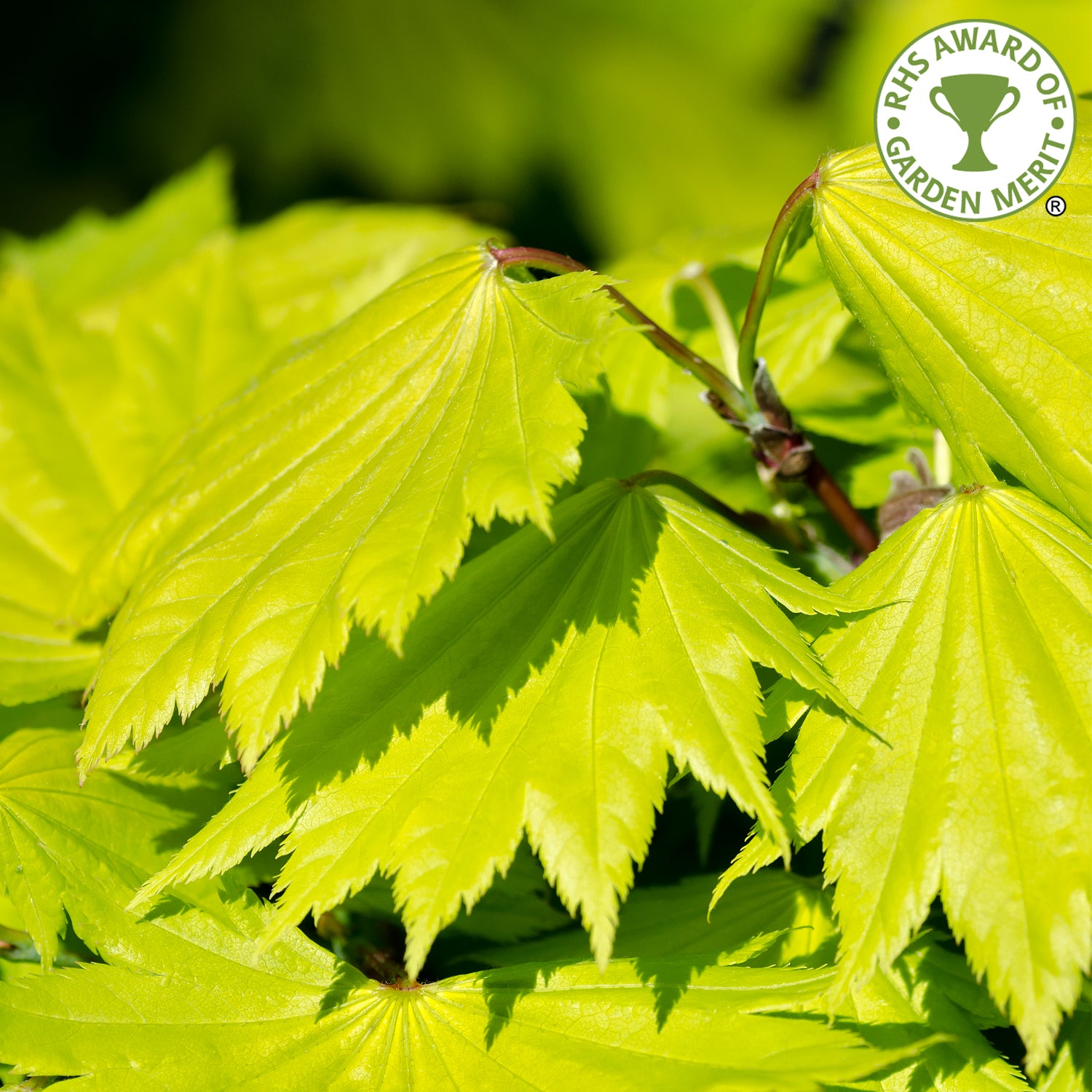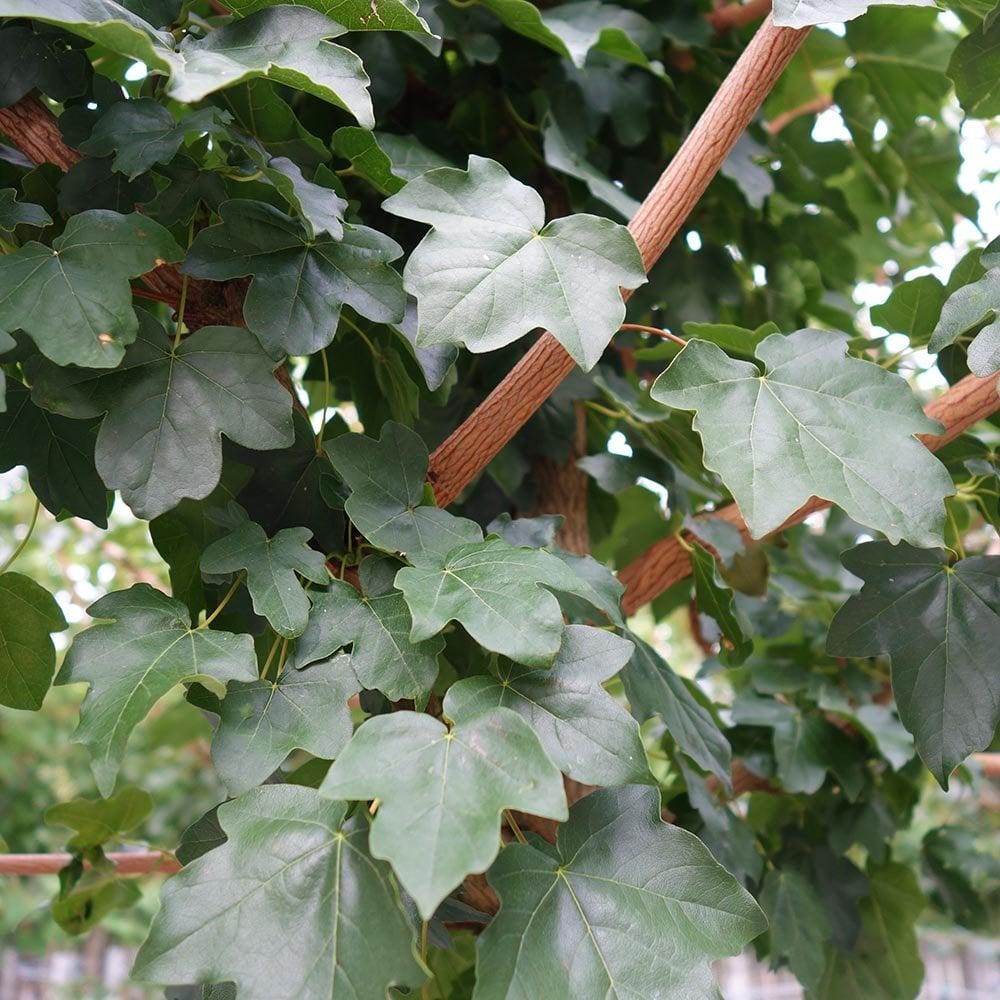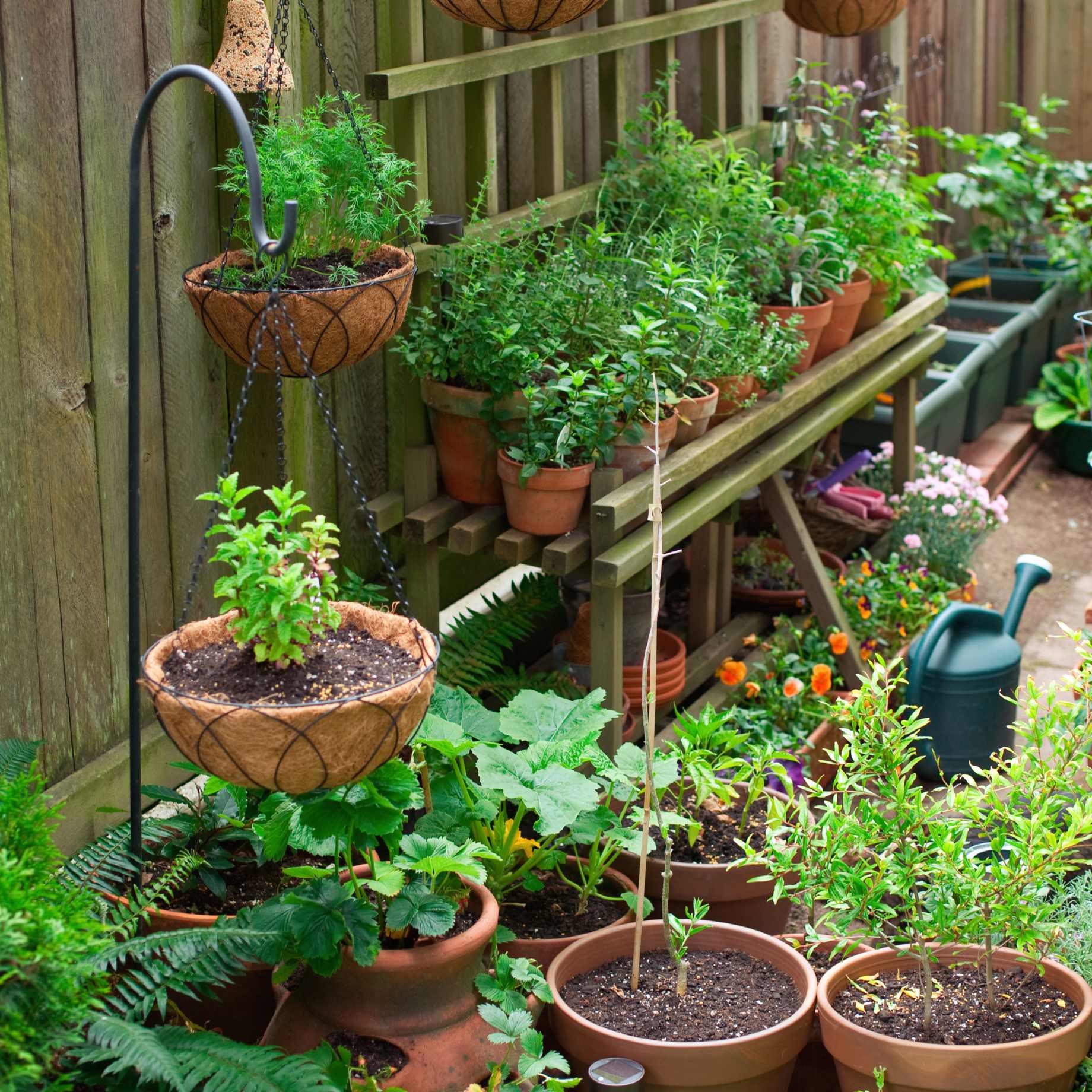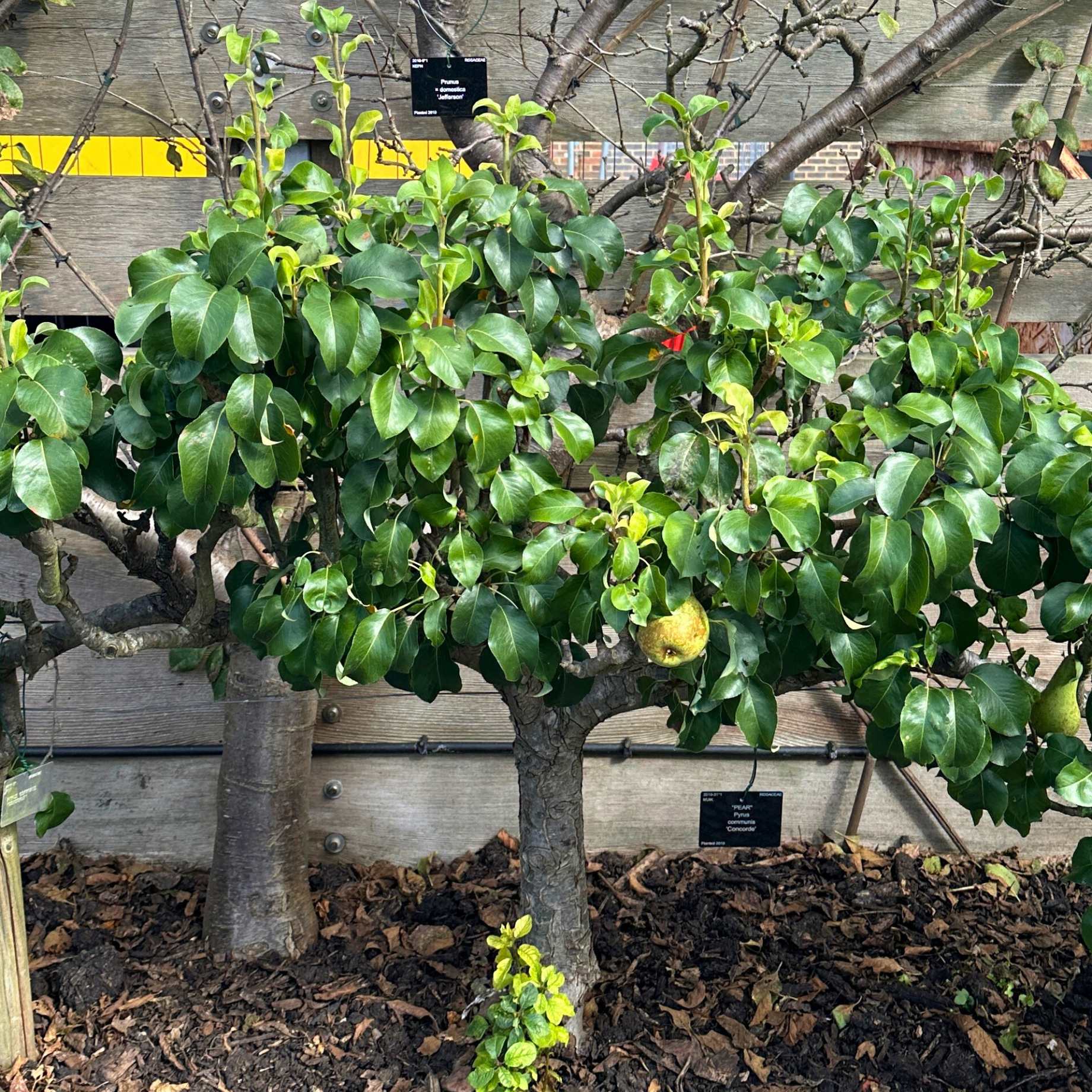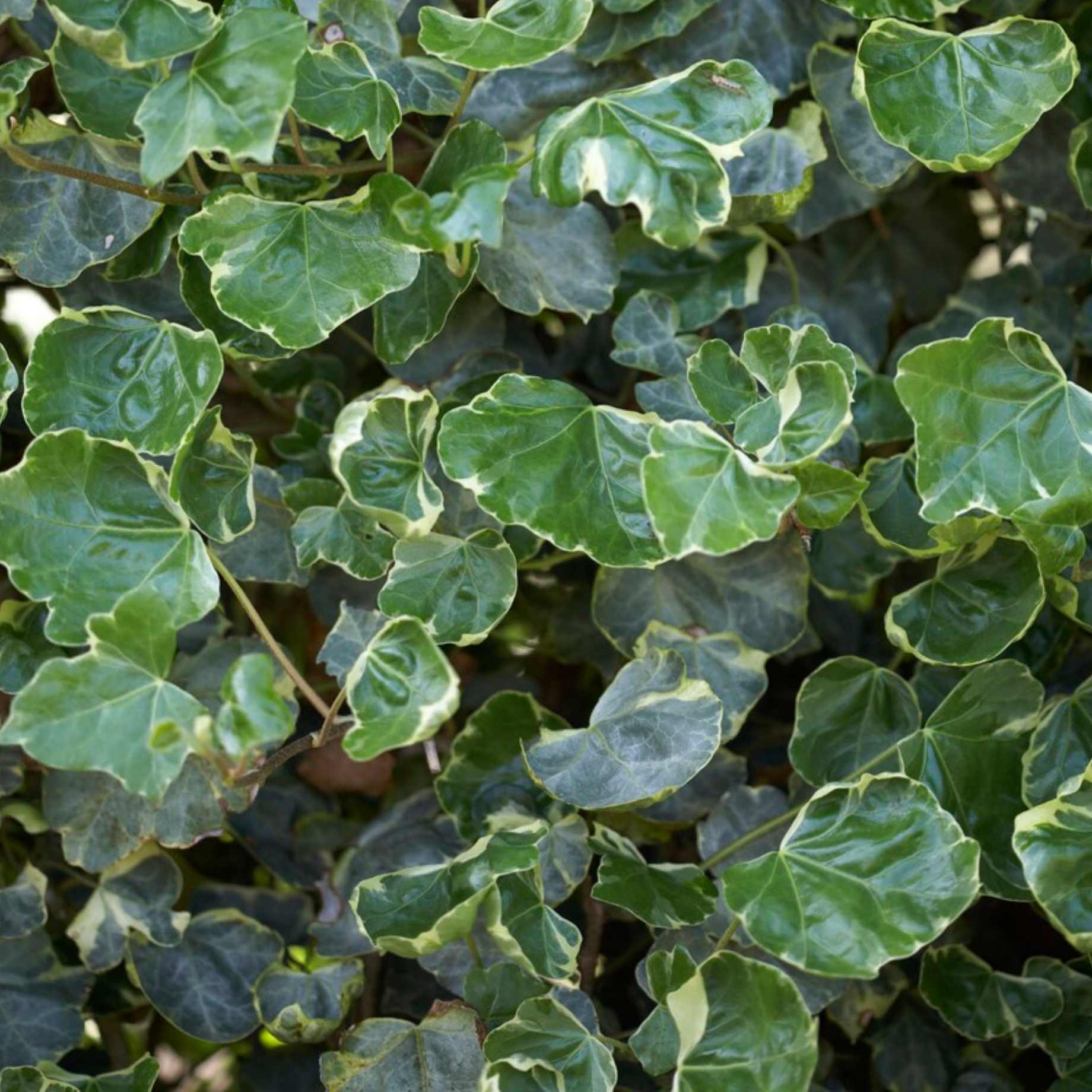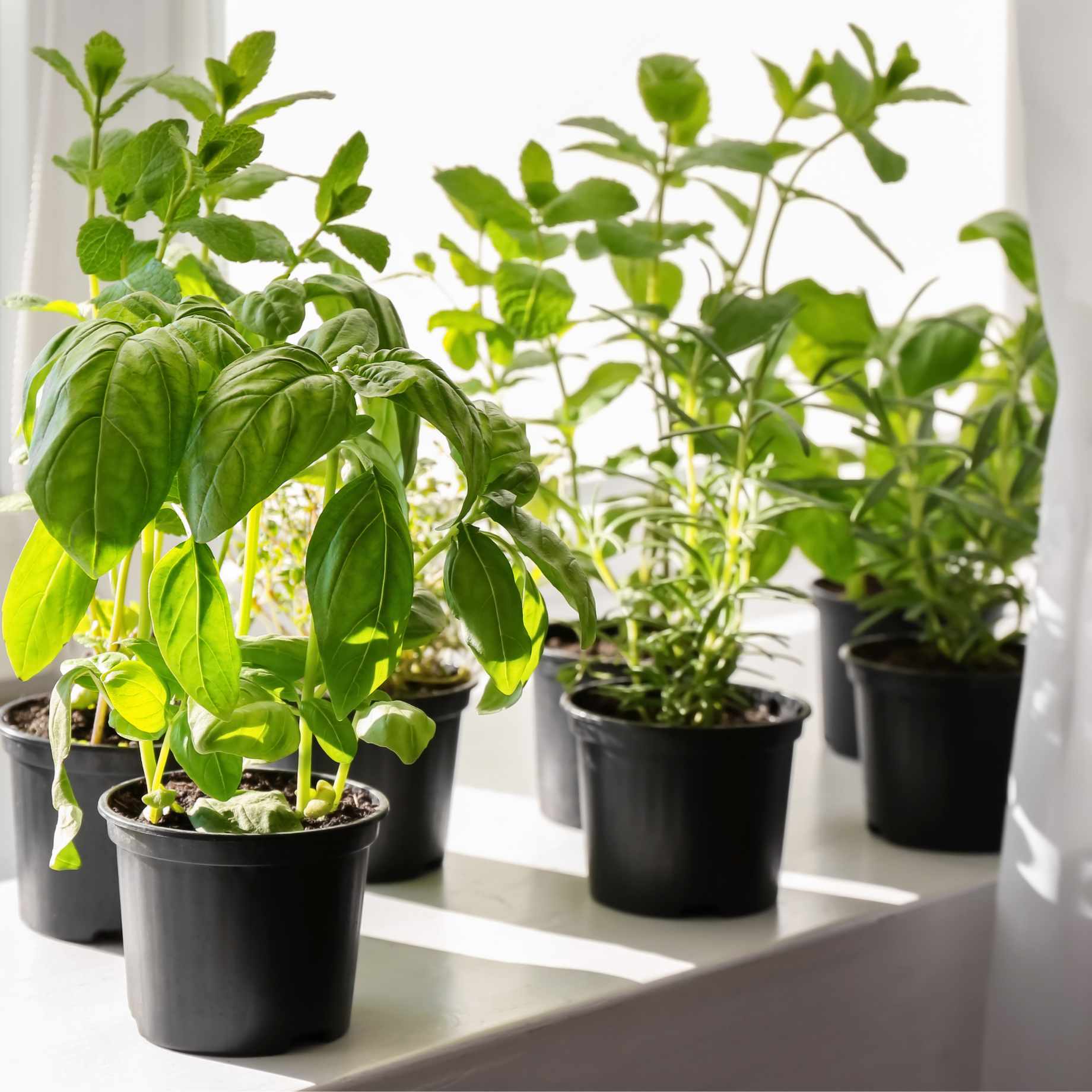Key features
Final size4m x 4m in 20 years
FoliageLobed leaves with autumn colour (deciduous)
PositionFull sun to part shade
Description
Acer palmatum ‘Aureum’ is a striking deciduous shrub with a bushy, compact habit, capable of reaching up to 4 metres in both height and spread at maturity. Its distinctive, finely lobed Japanese maple leaves emerge in vibrant yellow during spring, gradually softening to yellow-green over summer, before transforming into stunning shades of red and orange in autumn. Adding to its seasonal appeal, clusters of small reddish-purple flowers appear in mid-spring, creating a beautiful contrast against the yellow foliage. This versatile shrub thrives in full sun to partial shade and flourishes in moist, well-drained soil, making it an excellent choice for adding year-round interest to any garden.
AKA: golden Japanese maple
Planting Steps
1Preparation
- Pot-grown plants can be planted at any time of year, whereas bare roots need to be planted between November and March.
- Clear weeds and grass within a metre of the planting hole.
- Dig a hole as deep as the root mass and twice as wide.
- To help your plant establish more effectively, sprinkle Rootgrow in the hole.
2Planting
- Gently loosen the roots and place into the planting hole.
- Ensure the top of the plant’s compost is flush with the level of the surrounding soil and the graft union or collar of the tree is above ground level.
- Mix 50% of the original soil with 50% compost.
- Fill in the hole, firming the soil gently.
3Last Steps
- Water generously around the base of the plant.
- If you are planting either a single stem tree or mature standard tree, we recommend adding a staking kit and rabbit guard.
Aftercare Advice
Japanese Maples require a good watering regime for a couple of years whilst they establish. Water well and regularly through spring and summer, increasing in hot or dry weather. If planting in autumn, you may only need to water a little. If possible, use rain water instead of tap water as this is more acidic and better for foliage colour. It is advisable to keep the area free of competing weeds and grass during this period.
Their natural shape is normally the most attractive, so Japanese Maples rarely need pruning. Any pruning should be carried out with a less is more approach, only removing crossing, damaged or diseased branches. Pruning should be carried out in the dormant season (November to March) as Japanese Maples bleed during other times of the year, which can weaken the branches.
For more detailed advice and video guides, please visit our Help & Advice section.

